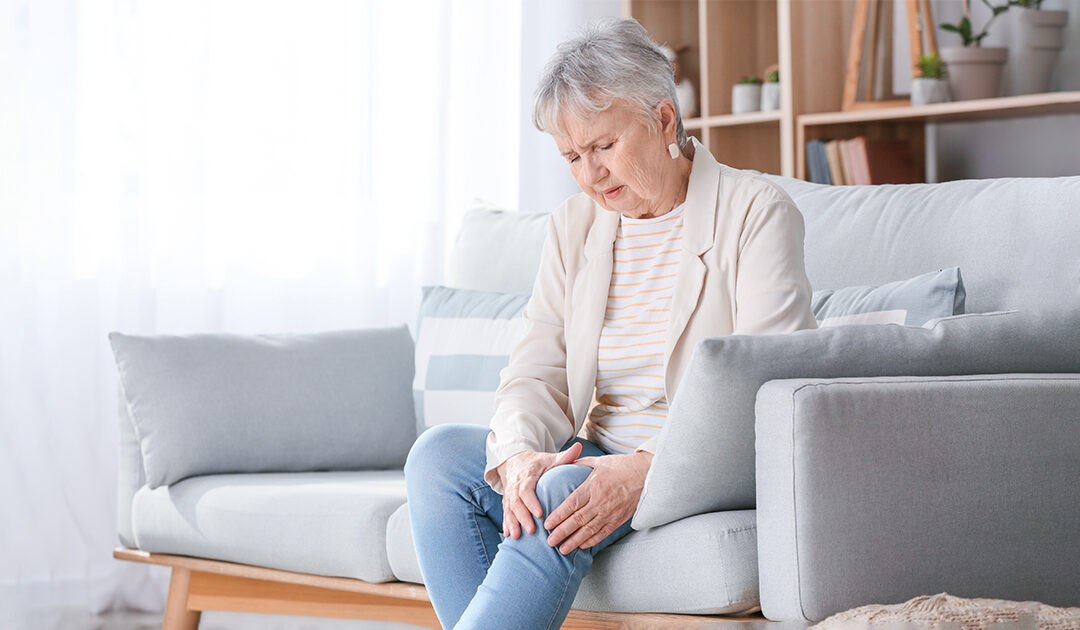
by Comprehensive Orthopaedics | Mar 14, 2023 | Anti-aging, arthritis, Knee
New research offers up some good news for diehard marathon runners: You don’t necessarily have to give up running if you are experiencing hip or knee pain. Contrary to widespread opinion, running marathons does not increase your risk for developing hip or knee...

by Comprehensive Orthopaedics | Apr 12, 2022 | Knee, surgery
Knee replacement surgery is one of the most common procedures in the United States, with more than 790,000 performed each year. Deciding the time for knee replacement needs to be determined by you and your doctor, but certain factors make it more likely, according to...

by Comprehensive Orthopaedics | Feb 8, 2022 | Anti-aging, arthritis, Knee, Wellness
Cortisone injections have gotten a bad rap in recent years as a treatment for arthritis pain, because steroids are known to damage cartilage and could potentially cause the joint to further deteriorate. But a new study suggests that if used wisely, cortisone shots are...

by Comprehensive Orthopaedics | Nov 16, 2021 | Anti-aging, arthritis, Exercise, Knee
Dr. Kim Huffman, an avid runner, gets a fair amount of guff from friends about the impact that her favorite exercise has on her body. “People all the time tell me, ‘Oh, you wait until you’re 60. Your knees are going to hate you for it’,”...

by Comprehensive Orthopaedics | Jun 28, 2021 | Knee, pain, surgery, Wellness
ACL tears are common in physical activities that involve quick stops, changes in direction, or direct contact with the knee. Knowing the symptoms of ACL tears can help you recognize an injury and prevent it from getting worse. Explore our guide to learn how to tell if...

by Comprehensive Orthopaedics | Feb 2, 2021 | Anti-aging, arthritis, Exercise, Knee, pain, Wellness
WEDNESDAY, Jan. 13, 2021 (HealthDay News) — Lots of Americans suffer from painful arthritic knees, but a new study finds that wearing the right type of shoe may help ease discomfort. Patients with knee arthritis will achieve greater pain relief by opting for...






